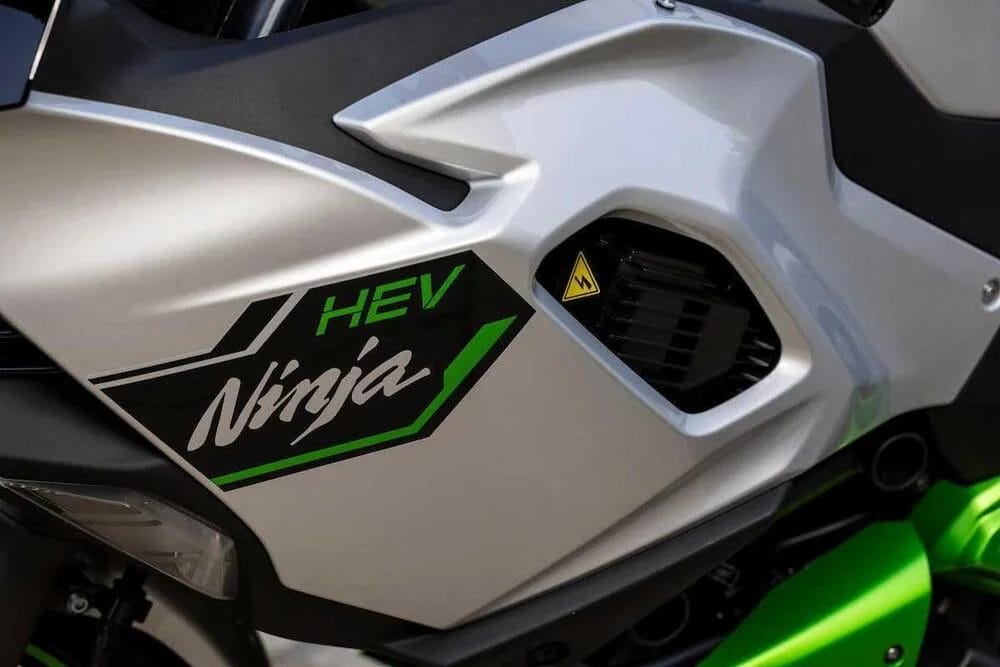This bet by the Akashic manufacturer is part of a much more ambitious plan to switch to alternative fuels, as we saw in recent days when President Hiroshi Ito showed us the development phase of the Ninja H2 HySE, which in 2030 will be the first production supersport motorcycle to run on hydrogen.
As we traveled the first few meters in the seat of the Ninja 7 Hybrid, we couldn’t help but think that we would have seen a very good application of this technology in a crossover that makes versatility its motto. In fact, the beauty of the hybrid bike is that you can start with the electric motor or use only electric propulsion when you’re in town, and then add the boost of endothermic propulsion when you need to accelerate. It allows for a smaller combustion engine (451 cc) and therefore lower gasoline consumption and greater performance with a very smooth ride.
The limitations, if anything, lie in the higher weight and greater complexity of the construction. Kawasaki’s system also uses a semi-automatic gearbox without a clutch lever. Precisely this type of solution seems to us to be in line with the target audience for a Versys, so the question arises: are we going to see a hybrid? What could have been mere speculation seems to be becoming a reality in the near future.

A patent application filed in Japan clearly shows hybrid technology with twin-cylinder engines incorporated into the silhouette of a Versys. Compared to the Ninja 7 Hybrid, we recognize a suspension with more travel, more ground clearance, a more upright riding position… but the shapes are also clearly those of the crossover. The patent refers to elements of the cooling system as used in the Ninja 7 Hybrid and Z7 Hybrid, so there would be no need to illustrate the bike as a Versys. However, among the various drawings filed for patents, this seems to be the only one that shows a profile similar to that of the Versys, as mentioned by Cycle World colleagues. They could well have presented much more generic drawings without showing us the shape of the crossover so clearly, so we take this as a clear message from Kawasaki that it is anything but casual.
For the rest, the elements shown in the patent, from the frame to the two-cylinder engine, seem to be the same as those of the Ninja 7 Hybrid and the Z7 Hybrid. The only absence is that of the battery, but this may have been excluded as it is not a key element in this patent application.







